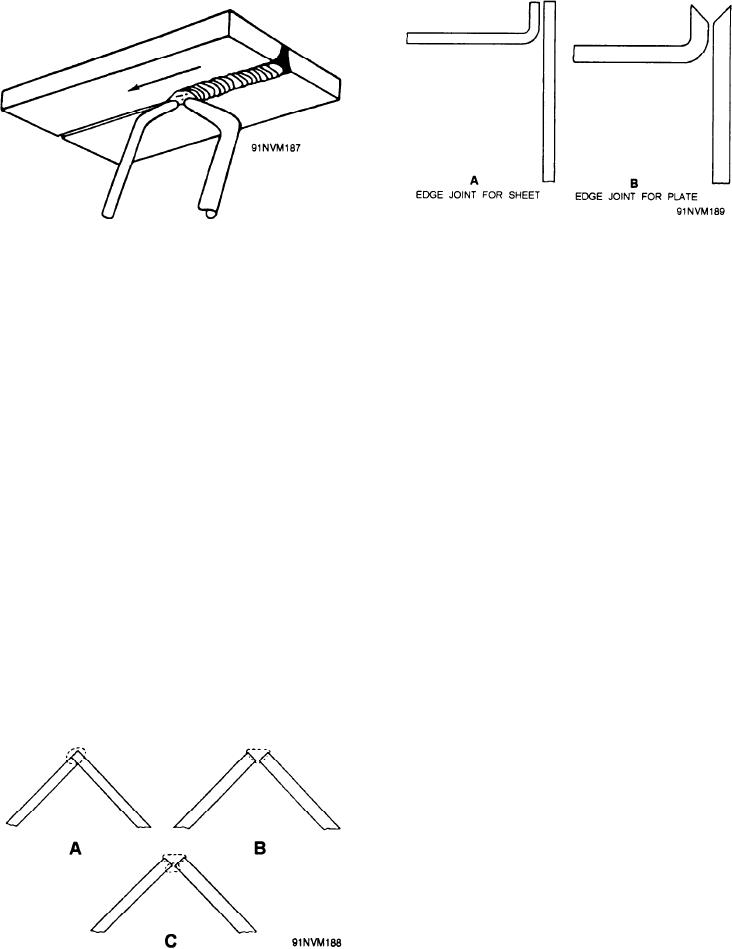
Figure 8-35.--Edge joints for sheet and plate.
Figure 8-33.--Welding a butt joint in the overhead position.
heavier sections, V-bevel or U-groove the lapped plate
reinforcement of the weld. Keep the flame in such a
to permit penetration to the root of the joint.
position that it will support the molten metal and
View B of figure 8-34 shows an OPEN corner joint
distribute it along the joint. Use a small filler rod; this
that is often used on heavy sheets and plates. To make
will help you to keep the puddle small. In many
this joint, melt down the edges of the plate and add
overhead welding jobs, it is possible to weld from one
enough filler metal to build up the comer from one
side only. In such cases, particular care is required to
side.
make sure the heat is evenly distributed, so that one
plate will not be burned through.
View C shows an open corner joint that is welded
from both sides. First weld the joint from the outside,
Making a Corner Joint
then reinforce the joint and seal it (as for use in drip
pans) from the inside with a seal bead weld.
The comer joint is used to join the edges of two
plates when the surfaces of the plates make a 90-degree
angle with each other. Figure 8-34 shows three designs
Making an Edge Joint
that are commonly used for corner joints. The
CLOSED comer joint (view A) is used on lighter
Edge joints are used mainly to join the edges of
sheets and plates where strength requirements for the
sheet metal and to weld reinforcing plates on flanges
joint are not a factor. In making this joint, melt the
of I-beams or edges of angles. Figure 8-35 shows two
overlapping edge with the torch and add only a small
common types of edge joints. The joint shown in view
amount of filler metal. When using this joint design for
A is used for welding thin sheets; this joint requires no
edge preparation other than cleaning the edges and
tacking them together. The joint shown in view B is
used for heavier plate. To make this joint, bevel the
edges to allow good penetration and fusion of the side
walls. In making both of these joints, use enough filler
metal to fuse both edges and to reinforce the joint.
Making a Lap Joint
The lap joint is the simplest of all weld joints and
is formed by overlapping two plates of metal. Lap
joints may be welded from one side or from two sides.
They are stronger when welded from both sides, but
Figure 8-34.--Corner joints. A. Closed joint. B. Open joint,
even a lap joint that is welded from only one side is
welded from one side. C. Open joint, welded from both
stronger than a butt joint in some applications.
sides.
8-25

